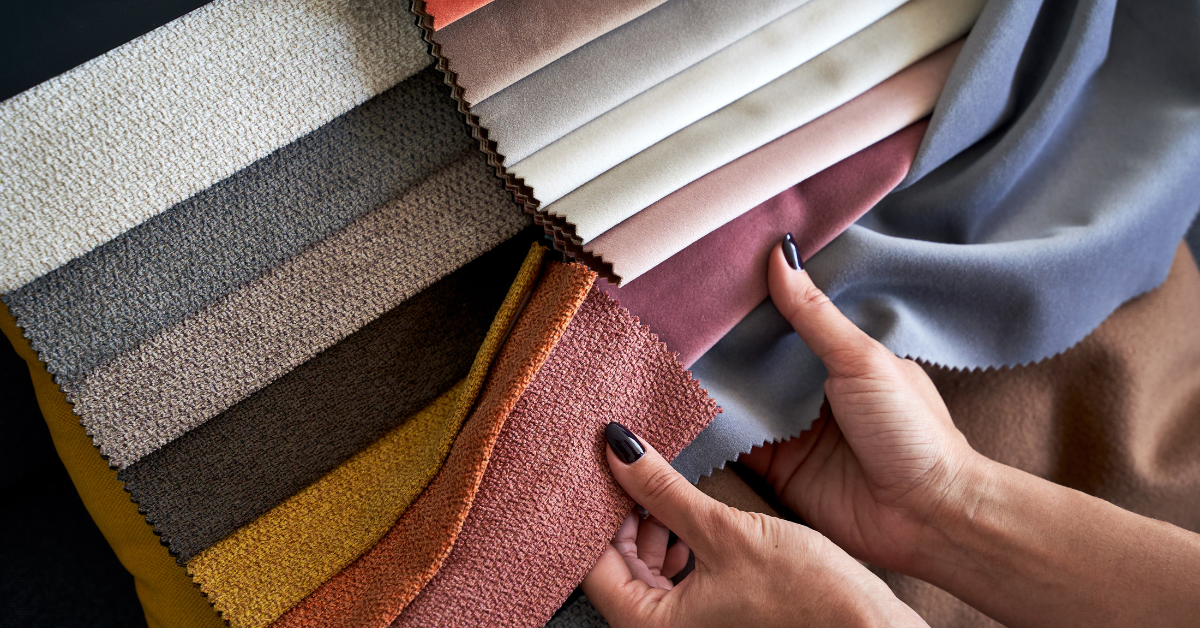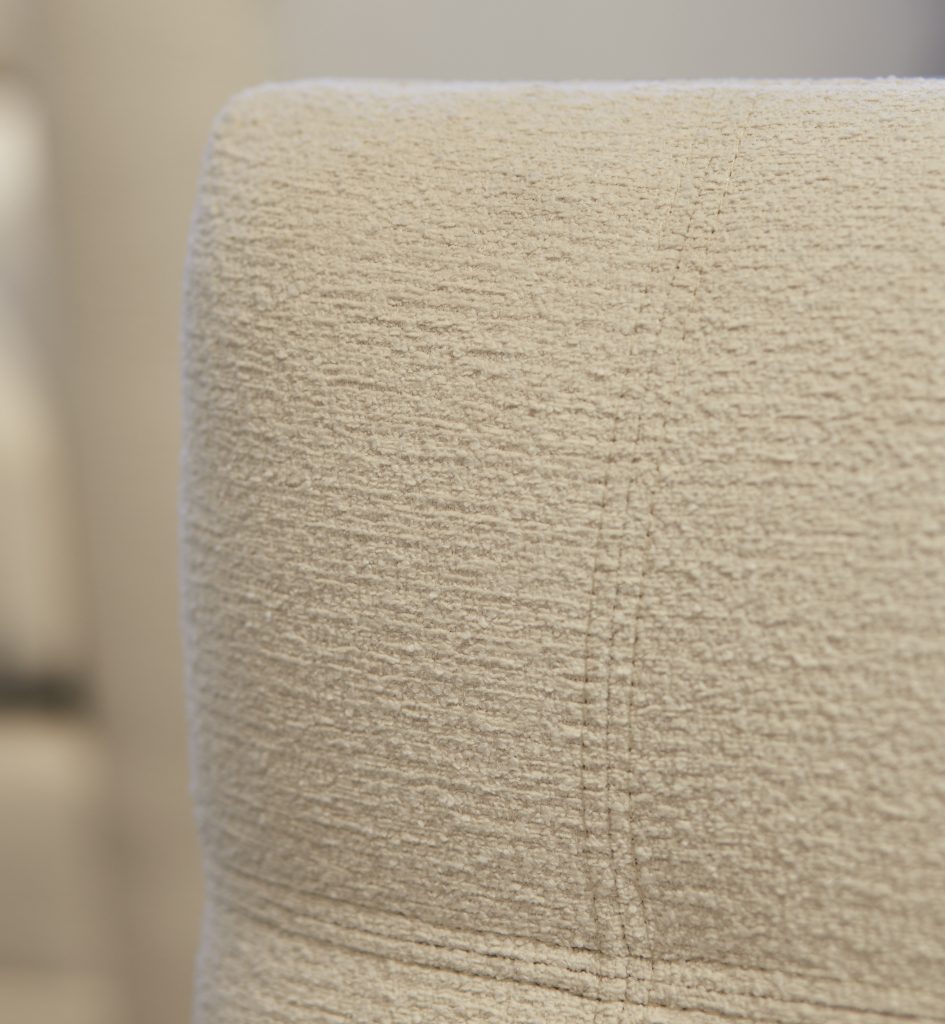
Base Layers 101: Why Infrared Makes the Perfect Foundation
August 13, 2024 – In the world of performance and sports apparel, base layers play a crucial role in enhancing comfort, support, and overall athletic performance. But not all base layers are created equal…





